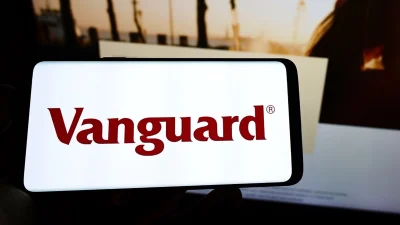Distribution shake-up needed to reach coveted private wealth market



The days of “lunch and a handshake” are long gone for alternative fund managers, Bain & Company has said, as they will need a slick sales organisation to benefit from the huge source of capital in private investors.
The consultancy’s global report on private equity stated alternative fund managers are viewing private wealth held by high-net-worth individuals as a significant source of future growth.
According to a recent report from Knight Frank, the proportion of individuals in Australia with more than US$10 million ($15.7 million) in assets sits at more than 42,000 and is expected to pass 50,000 by 2028. The number holding more than US$100 million sits at almost 1,846.
Meanwhile, Praemium found nearly 70 per cent of HNW-focused advisers cited the asset class as a necessity for meeting client demands in the future.
“The appeal of private wealth is simple,” Bain said. “Individual investors hold roughly 50 per cent of global capital. Yet those same investors represent just 16 per cent of assets under management in alternative investment funds.
“Alternative firms seeking to boost that percentage are in a race to get their products on the shelves of channel partners like private banks, wirehouses and registered investment advisers.”
So far, retail interest has centered around real estate and private credit funds, but Bain said private equity funds, particularly those which are semi-liquid, are catching up in interest and demand. It noted global alternative manager Blackstone saw flows of US$23 billion ($36 billion) into its semi-liquid products during 2024.
Semi-liquid products are described as those which are open-ended, diversified and provide ongoing access which allows for more frequent redemptions by investors and the ability to exit if economic conditions change. They also allow investments of smaller ticket sizes which are more suited to a retail market rather than the large sums invested by institutional players.
They have been welcomed by financial advisers who say they offer greater transparency and less strict liquidity constraints than traditional private market funds.
With this demographic in mind, asset managers are investing heavily in their business development and distribution teams to reach this market, as well as increasing their client-facing investment specialists to help financial advisers understand the products’ complexities.
“Winning in this environment demands both a clearly articulated value proposition and a means to communicate it. Among other things, that requires a professionalised investor relations capability that looks more like a first-class B2B sales organisation than the ‘lunch and handshake’ approach of years gone by.
“Firms are investing heavily in private wealth teams to provide frontline coverage, sales support and investor services which is creating a war for talent.”
Research by MSCI earlier this year found ineffective sales tactics were cited as the greatest barrier to private market investment by Asia-Pacific (APAC) wealth managers. Half of APAC respondents said this was a barrier for them, higher than barriers presented by illiquidity or lack of transparency.
Other alternatives firms are making a play via M&A deals to reach a broader audience, and Bain previously warned asset managers they will likely miss out on opportunities if they don’t embrace alternatives.
It referenced alliances between firms such as Apollo and State Street, and BlackRock and Global Infrastructure Partners (GIP). In Australia, deals have included HMC Capital acquiring Payton Capital, and GQG acquiring three alternative firms from Pacific Current.
“The most successful traditional asset managers and wealth managers will look for deals that provide them with products that generate alpha for clients, while alternative asset managers will primarily aim to build scale. As the market converges and becomes even more competitive, companies that pursue neither route will find themselves a target for competitors that do,” it said in February.
Recommended for you
Global X has painted a worrying picture for active ETFs in Australia, with investor adoption proving uneven and the popularity of its low-cost index counterparts only growing stronger.
Australian equity ETFs attracted record inflows of $3.2 billion in 1Q25, while heightened volatility led to a decline in flows for global equity ETFs, according to Vanguard.
The failure of a clinical trial by biotech firm Opthea has caused shares in its backer Regal Partners to decline 52 per cent year-to-date and hit its funds under management, quarterly flows show.
GQG Partners has revealed its quarterly flows for the first three months of 2025 were up 5.8 per cent, after a difficult final quarter of 2024 as a result of institutional redemptions.















